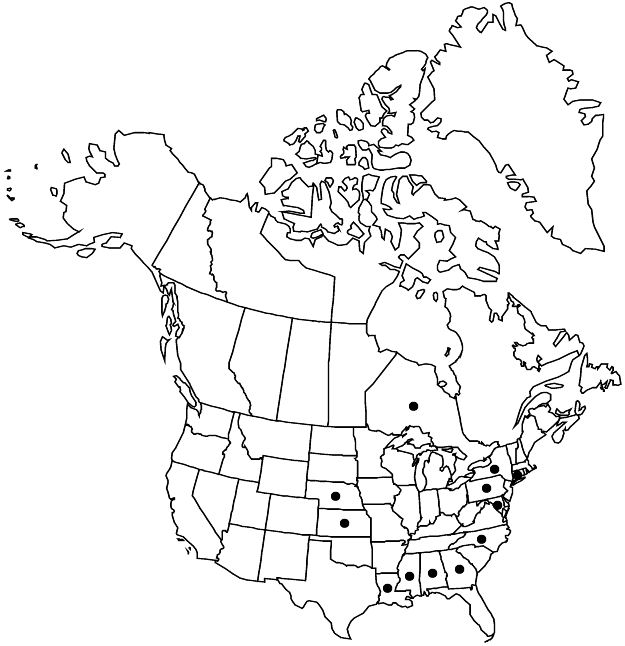Spiraea thunbergii
Bijdr. Fl. Ned. Ind. 17: 1115. 1827.
Shrubs, 10–20 dm. Stems spreading to arching, densely branched. Leaves sometimes tardily deciduous; petiole 1–2 mm or indistinct; blade linear to lanceolate, 2.5–4 × 0.3–1 cm, membranous, base acute, margins irregularly, sharply serrulate, venation pinnate eucamptodromous, secondary-veins not prominent, apex acuminate, surfaces glabrous. Inflorescences mostly axillary, hemispheric panicles, (2–) 3–7-flowered, sessile on leafless stems in spring, 2–6 × 2–6 cm; branches glabrous. Pedicels 5–8 mm, glabrous. Flowers 6–8 mm diam.; hypanthia crateriform, 2–4 mm, abaxial surface glabrous, adaxial glabrous or puberulent; sepals ovate-triangular, 1.3–2 mm; petals white, obovate to suborbiculate, 2–4 mm; staminodes 10–14; stamens 18–20, 0.3 times petal length. Follicles oblanceoloid, 1.5–2 mm, glabrous. 2n = 18.
Phenology: Flowering Mar–May; fruiting Apr–Oct.
Habitat: Abandoned homesteads, meadows, roadsides, pastures
Elevation: 0–500 m
Distribution

Introduced; Ont., Ala., Conn., Ga., Kans., La., Md., Miss., Nebr., N.Y., N.C., Pa., Asia
Discussion
Spiraea thunbergii flowers very early in the spring and may be easily observed due to the obvious flowers on branches lacking leaves; because it can thrive in a variety of soils, it will often persist as the native vegetation returns. Although established in a number of areas, it does not appear to spread aggressively or compete strongly with native species.
Selected References
None.